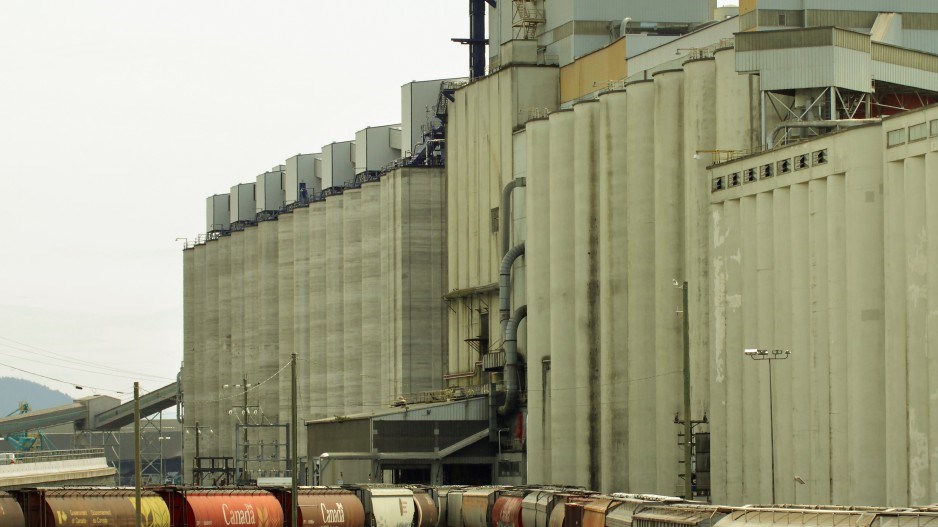The Port of Vancouver’s (PoV) buoyant mid-year cargo numbers support recent optimistic shipping sector outlooks from some industry analysts.
Statistics released today by the Vancouver Fraser Port Authority (VFPA) show overall cargo through the port up 4% to 69 million tonnes compared with the same time last year.
The increase was led by shipments of grain, up 12.9% over mid-year 2016, and containerized cargo, which was 9.6% higher to a record 1.6 million 20-foot equivalents (TEUs).
The numbers compare with the port’s uneven cargo totals for 2016, when overall volume was down 1.8% to 136 million tonnes compared with 2015.
PoV’s mid-year story was mostly good news, but break-bulk cargo was down 1%, and cruise-ship passenger traffic dropped 6% compared with mid-year 2106.
VFPA president and CEO Robin Silvester said the record mid-year container numbers demonstrated shippers’ confidence in the port and its ability to handle the growing demand for goods shipped in containers.
“We are seeing strong fundamentals coming through in the numbers again. Last year was a little bit softer for a range of reasons, in large part to do with capacity constraints on the container side. This year we are seeing things come back strong with a new half year record in containers and yet another half year record in grain.”
Silvester said he’s confident that the port’s cruise-ship passenger traffic will end the year slightly up over 2016. But he conceded that, because of the trend to larger vessels in the industry that will be too big to sail under the Lions Gate Bridge, the port’s cruise-ship growth faces serious physical constraints.
“So we have got some thinking to do with our partners in the tourism industry. What is the long-term strategy for cruise in Vancouver?
“It’s an important part of the business. We will always be hosting cruise vessels here, but the question that we have to answer in the medium term is, is there a business case collectively for all the stakeholders involved to create capacity outside Burrard Inlet that will handle the largest ships that are starting to show up in Alaska?”
PoV’s mid-year 2017 results are backdropped by a global shipping sector showing signs of recovery following a disastrous year for container shipping companies.
In Drewry’s recent updated industry outlook, the U.K.-based shipping consultancy forecast 4% growth in global container shipping demand for 2017 followed by 3.5% in 2018. Those numbers compare with a low of 1% demand growth in 2015.
Drewry had previously pegged 2017 growth at around 2.1% and growth on the transpacific trade route of approximately 3.2% in 2016 and the same or slightly less for 2017.
It has estimated 2016 losses for the industry at US$3.5 billion, but predicted the sector could return reap a combined profit of US$5 billion this year.
Other industry analysts, however, have been less optimistic about the container shipping industry’s short-term future.
A report from Danish Ship Finance, for example, described its prospects as “bleak.”
The Copenhagen-based ship financing company based that assessment in part on persistent container shipping overcapacity and a global economy that is slowing as consumers in leading economies buy less from emerging nations.
@timothyrenshaw




